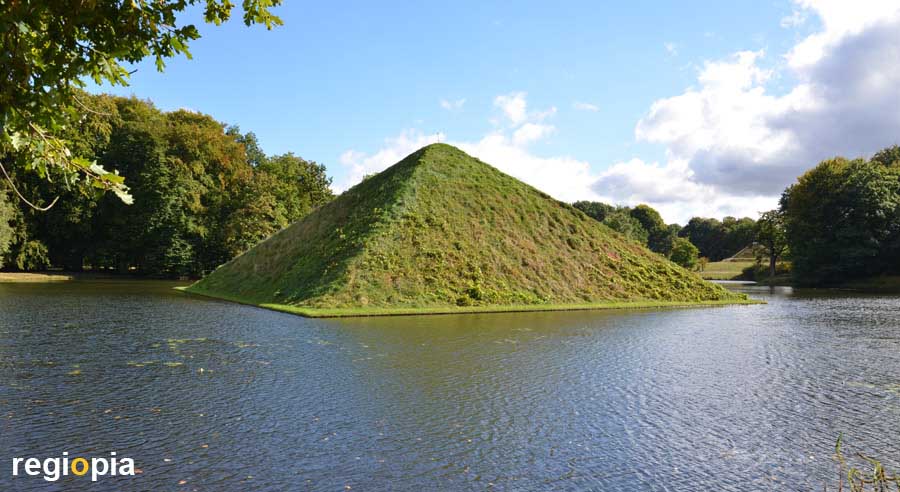
Branitz Park
The "Branitzer Park" was created by the famous Prince Pückler from 1846 onward. Ditches were dug, trees and bushes planted, and the famous water pyramid was built, in which the graves of Prince Pückler-Muskau and his wife Lucie are located. There is a second pyramid within sight, the so-called "land pyramid", which serves as a viewpoint over the park. The Branitz Castle, in which the Fürst Pückler Museum is now located, is also in the beautiful English-style garden.
How to get there?
Branitzer Park is located around 2 kilometers from the city center, in the south-east of Cottbus. Bus number 10 goes from the main train station to Branitz. The bus also stops at the Spremberger Turm and the city promenade. Tickets can be bought directly from the bus driver. The visitor car park is located at Kastanienallee.
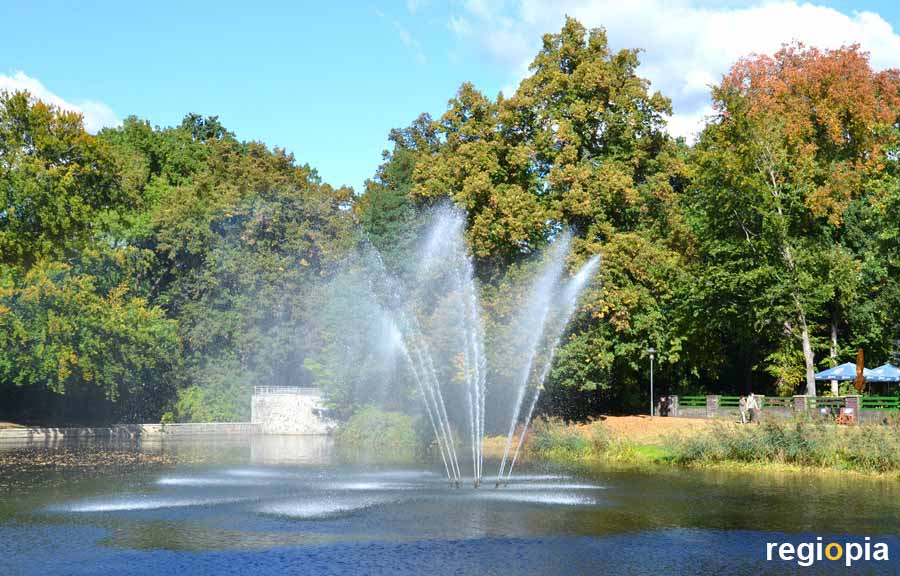
Goethepark
The "Goethe Park" is located on an island in the river Spree, close to the Old Town of Cottbus. In the park there is the "Amtsteich" lake with a large fontaine and the art museum in an old power plant. To the north there is the old electric power station. A bridge leads to "Carl-Blechen-Park" on the other side of the river Spree.
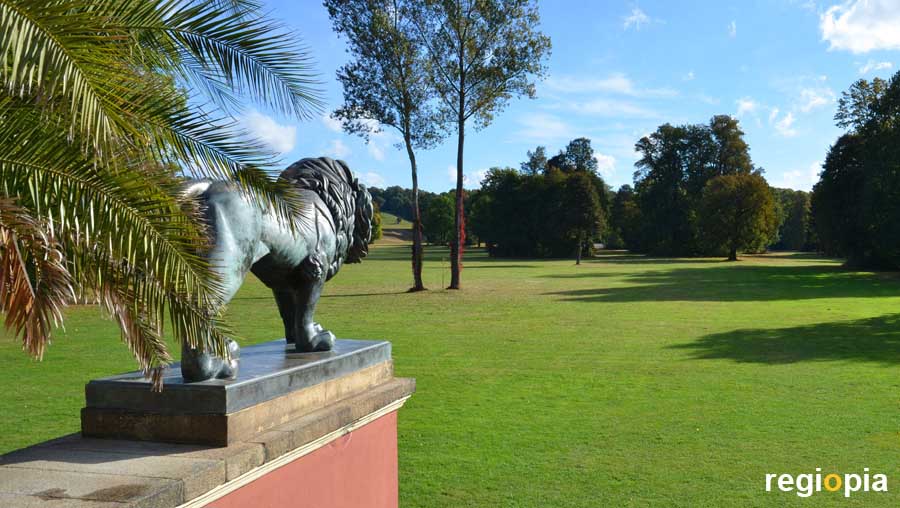
Pückler Park Bad Muskau
One of the most beautiful landscape parks in Germany is on the border to Poland. The wonderful "Pücklerpark" in Bad Muskau is on the list of UNESCO World Heritage Sites since 2004. The park was created between 1815 and 1844 by Herman Prince of Pückler-Muskau as a landscape park. The Castle of Bad Muskau is one of the most famous sights of Lusatia.
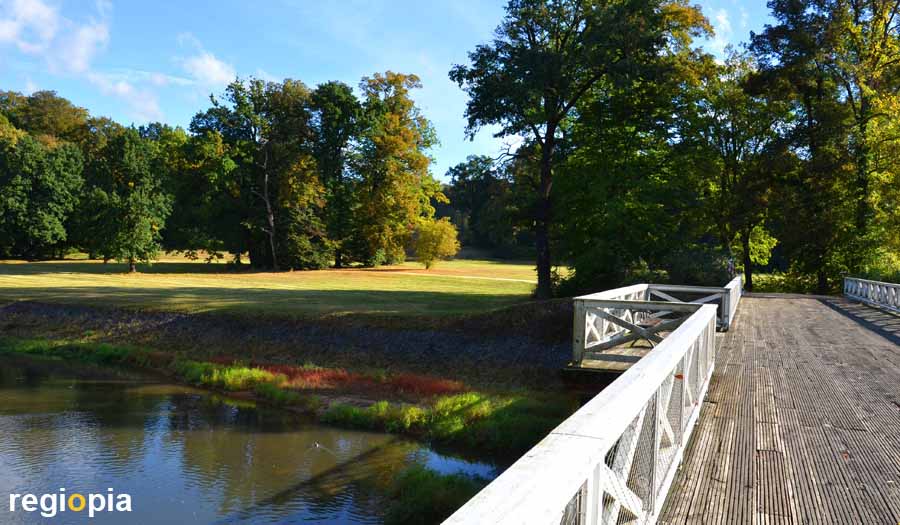
Oder-Neiße-Borderline
After the Second World War, the border between Poland and Germany was shifted to the rivers Oder and Neisse to the west. Since then the border runs through the Park of Bad Muskau. Since the abolition of the internal borders in the EU, you can experience the park as a whole and walk freely over the bridges and borders.
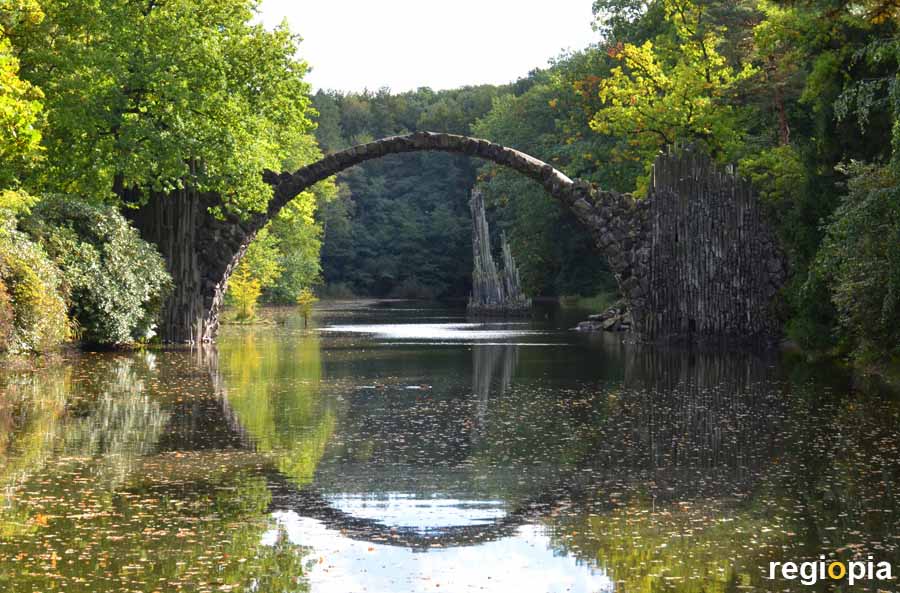
Rhododendron Park Kromlau
From Bad Muskau about 10 km to the west, in the municipality of Gablenz is the famous "Rhododendronpark Kromlau". The park was modeled after the Muskauerpark by Friedrich Hermann Rötschke. In addition to the largest rhododendron garden in Germany, the park has other sights, such as the Rakotz Bridge (Photo), towering basalt stones in the lake and statues. The park also includes the "Cavaliers House" and the "Herrenhaus" on the Halbendorfer Straße. The Kromlau Park is one of the most beautiful gardens in Lusatia.
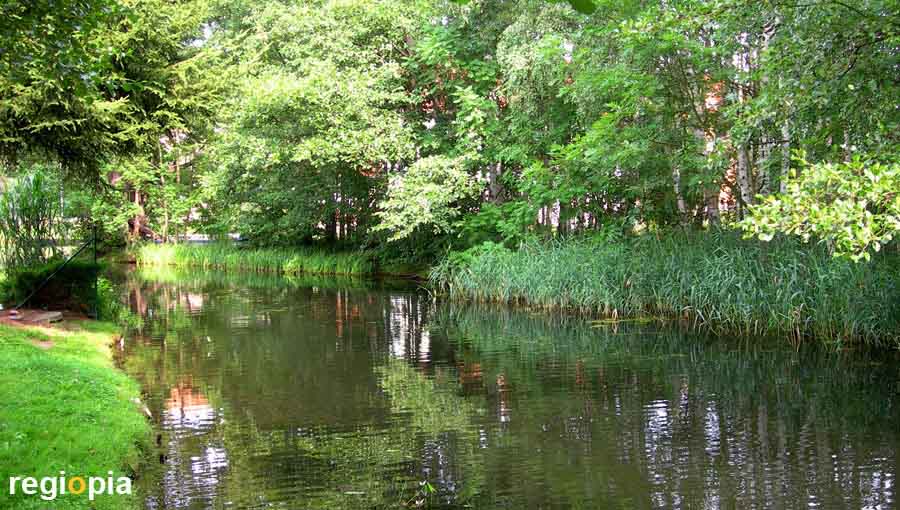
Spreewald
The "Spreewald" is a UNESCO Biosphere Reserve and one of the main tourist attractions in Brandenburg. The center of the "Spreewald" is Lübbenau, from here boat trips start to Lehde, a small village with beautiful houses and cultivated gardens along the Spreewald canals. You can rent canoes and explore the Spreewald by yourself. The town Lübben with a castle and Burg famous for storks are also worth a visit.
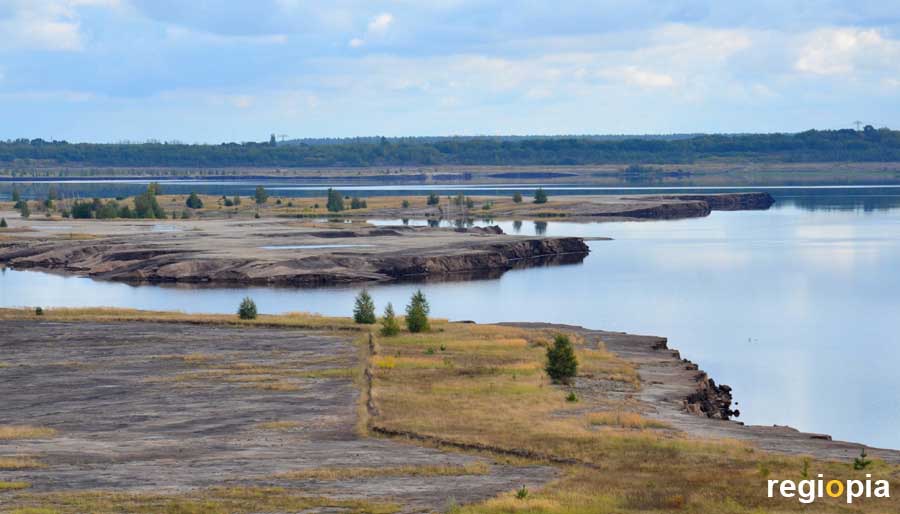
Lake Großräschen (Open pit mine)
After most of the open pit mines were closed, the wounds in the nature began to be repaired. The mines are flooded and transforme Lusatia into a lake district. All former open pit mines will be filled with water. The "Großräschener See" (photo of 2016) is already flooded. The new lake has a Harbour and the IBA Information Center, that provides information about the mining and renaturation of the region.
There are still open pit mines at work. At the eastern fringe of Cottbus are giant pits, that will be transormed into lakes in the future. Creating the Cottbus Ostsee until 2030.
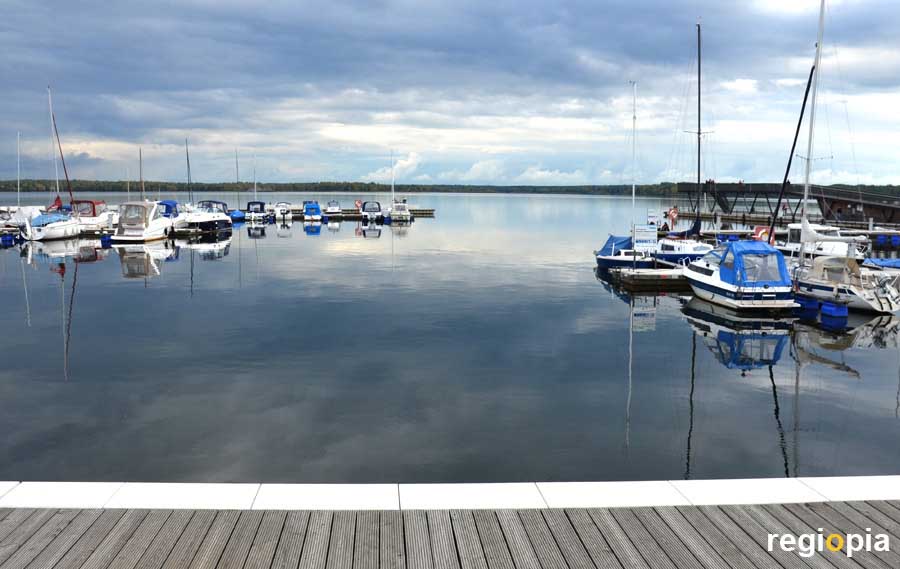
Lake Senftenberg
The "Senftenberger See" is already flooded and is used as a lake for sailing. From 1938 to 1966 coal was cut out in an open pit. After the mining the pit was flooded starting in 1967. Within the International Building Exhibition IBA Fürst-Pückler-Land a city harbor was built in Senftenberg. The lake of Senftenberg is the model for all open mine pits in Lusatia.
Map Parks and Gardens Cottbus
ads
ads
Travel Guide Lausitz
Nature in the Lausitz
Lusatia (Lausitz) is characterized by a wooded, flat landscape with sandy soils. The most famous natural wonder is the "Spreewald" (the Spree river forrest) with countless canals and beautiful villages. The huge wetland is an ideal habitat for frogs and storks.
ads
Prince Pückler
"Herman Fürst zu Pückler-Muskau" discovered his love for landscape gardens on a trip to England. Another trip took him to Cairo, where he visited the pyramids of Gise and learned to appreciate the oriental way of life. Back in his homeland, he began to create landscape gardens. His first work was the landscape park in Bad Muskau and later he laid out the Branitzer Park in Cottbus.


